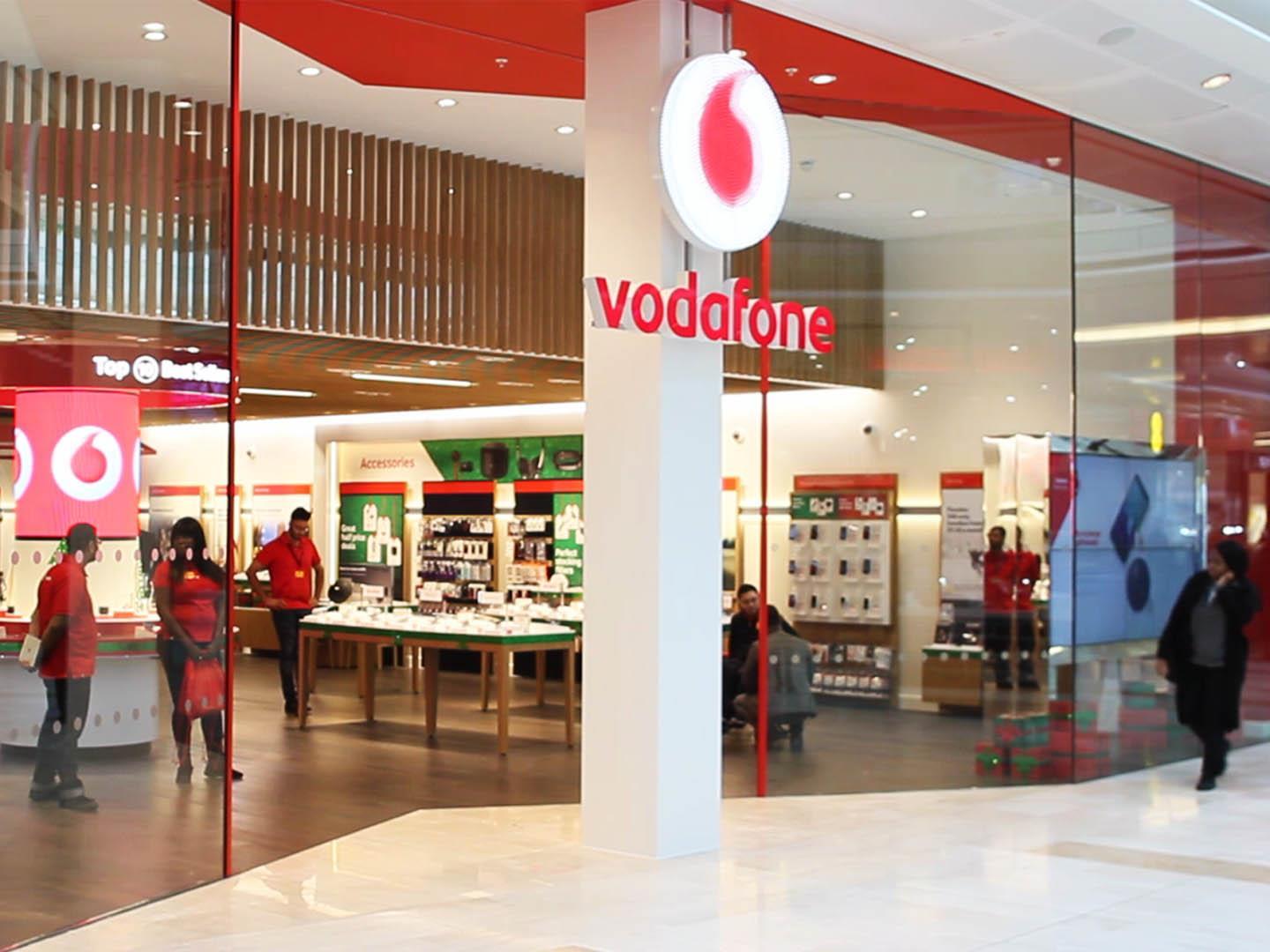
UK has been at the forefront of Open RAN (Radio Access Network) technology in Europe, aiming to revolutionize its mobile network infrastructure. Here’s a summary of their journey so far:
Initial Steps (December 2021):
- Vodafone UK announced plans to trial Open RAN technology in 16 sites across Devon, England. This marked the initial phase of exploring the technology’s potential and addressing any technical hurdles.
Key Partnership (August 2022):
- Vodafone UK announced a significant partnership with several companies, including Samsung, Intel, Keysight, Dell Technologies, Capgemini, and Wind River. This collaboration aimed to develop and deploy Open RAN solutions across their network.
Replacing Legacy Equipment (May 2023):
- Vodafone UK began the replacement of legacy Huawei equipment in 2,500 sites across Wales and the Southwest of England with Open RAN solutions. This decision aligned with government directives to remove high-risk vendors from critical infrastructure.
Phased Rollout (August 2023):
- Vodafone UK announced the commencement of volume Open RAN deployment in the designated regions. However, they adopted a phased approach, starting with Devon to ensure smooth implementation and address any unforeseen issues.
Current Status (March 2024):
- The deployment is ongoing, focusing on replacing legacy equipment and gradually expanding the Open RAN network. Vodafone UK emphasizes the importance of testing and optimization to ensure performance and user experience are equivalent to traditional RAN solutions.
Challenges and Future Outlook:
- While Vodafone UK has made significant progress, Open RAN deployment still faces challenges. Integrating components from different vendors, ensuring interoperability and standardization, and addressing security concerns remain crucial areas to address.
- Despite the challenges, Vodafone UK remains committed to Open RAN technology, believing it holds the potential for increased flexibility, cost efficiency, and faster innovation in the future of mobile networks.
Additional Resources:
- Vodafone UK press release: https://www.vodafone.co.uk/newscentre/press-release/volume-deployment-of-openran-for-2500-sites-begins/
- Telecoms.com article: https://www.qualcomm.com/news/releases/2022/10/qualcomm-and-vodafone-partnering-to-develop-and-test-next-generation
